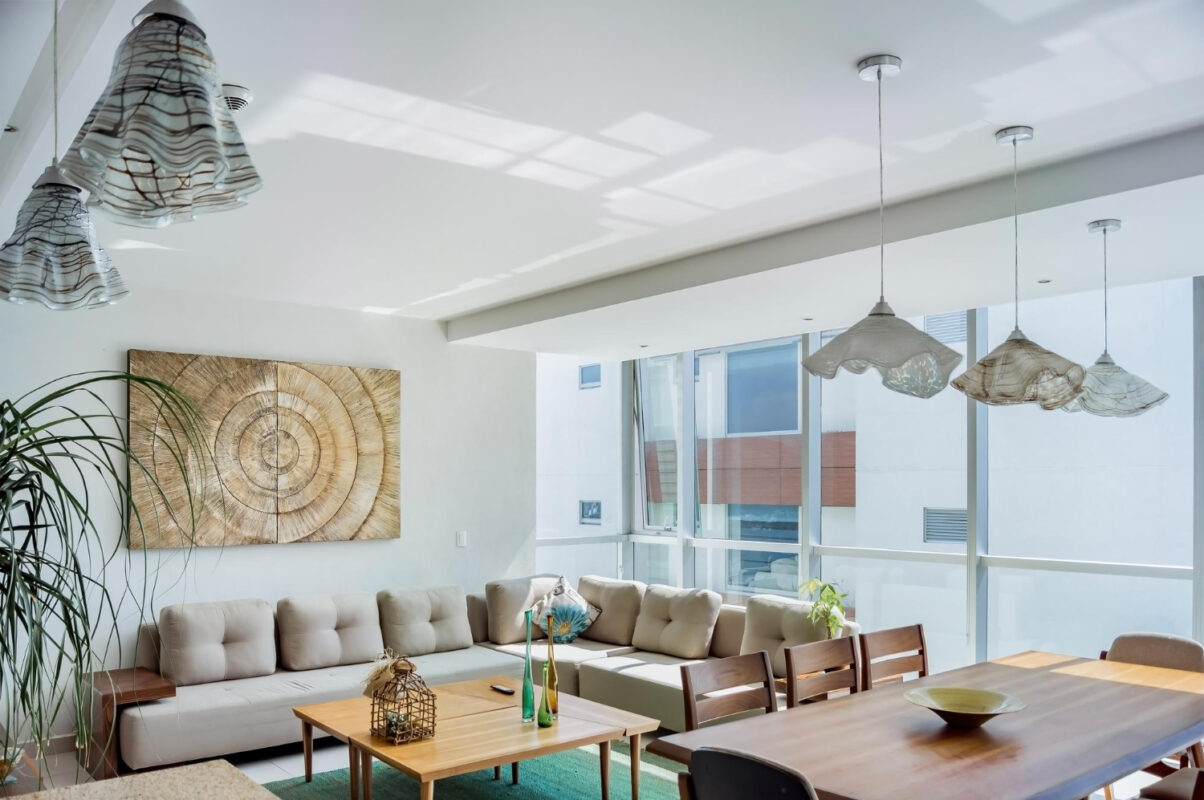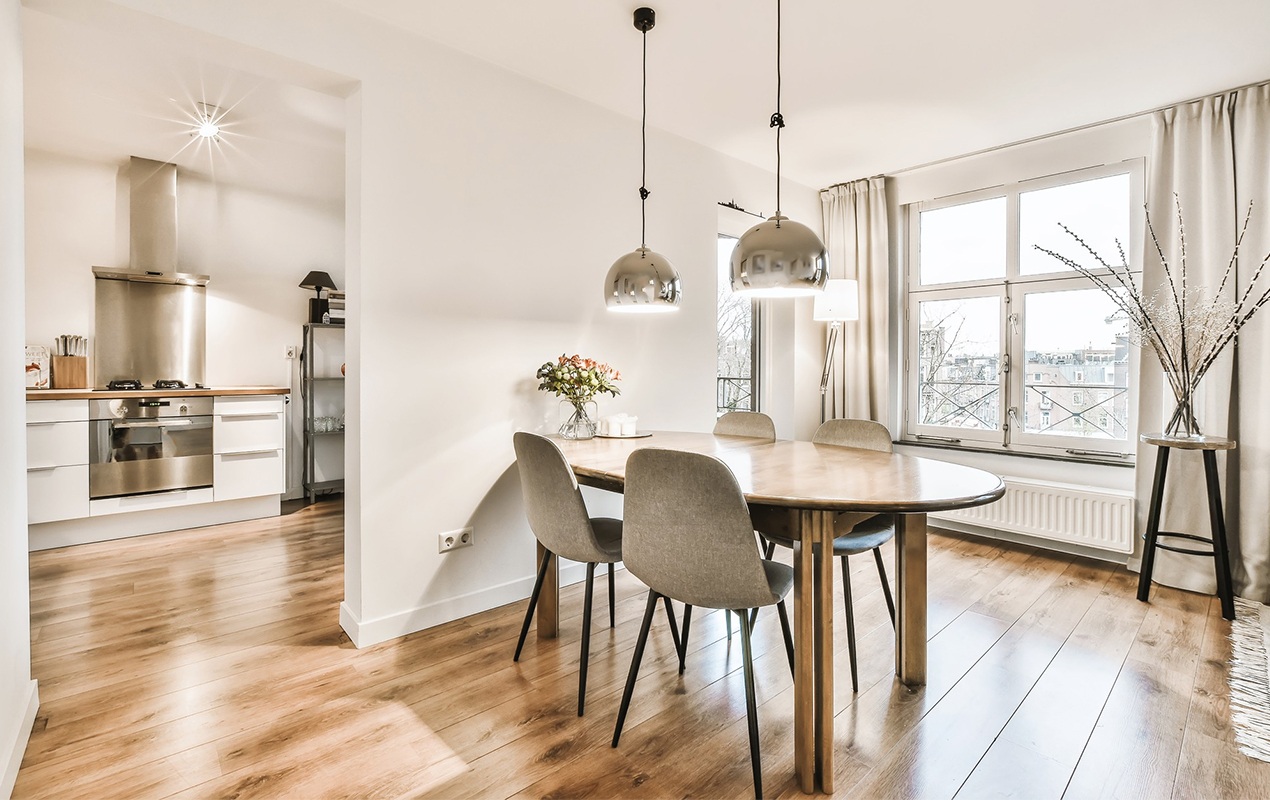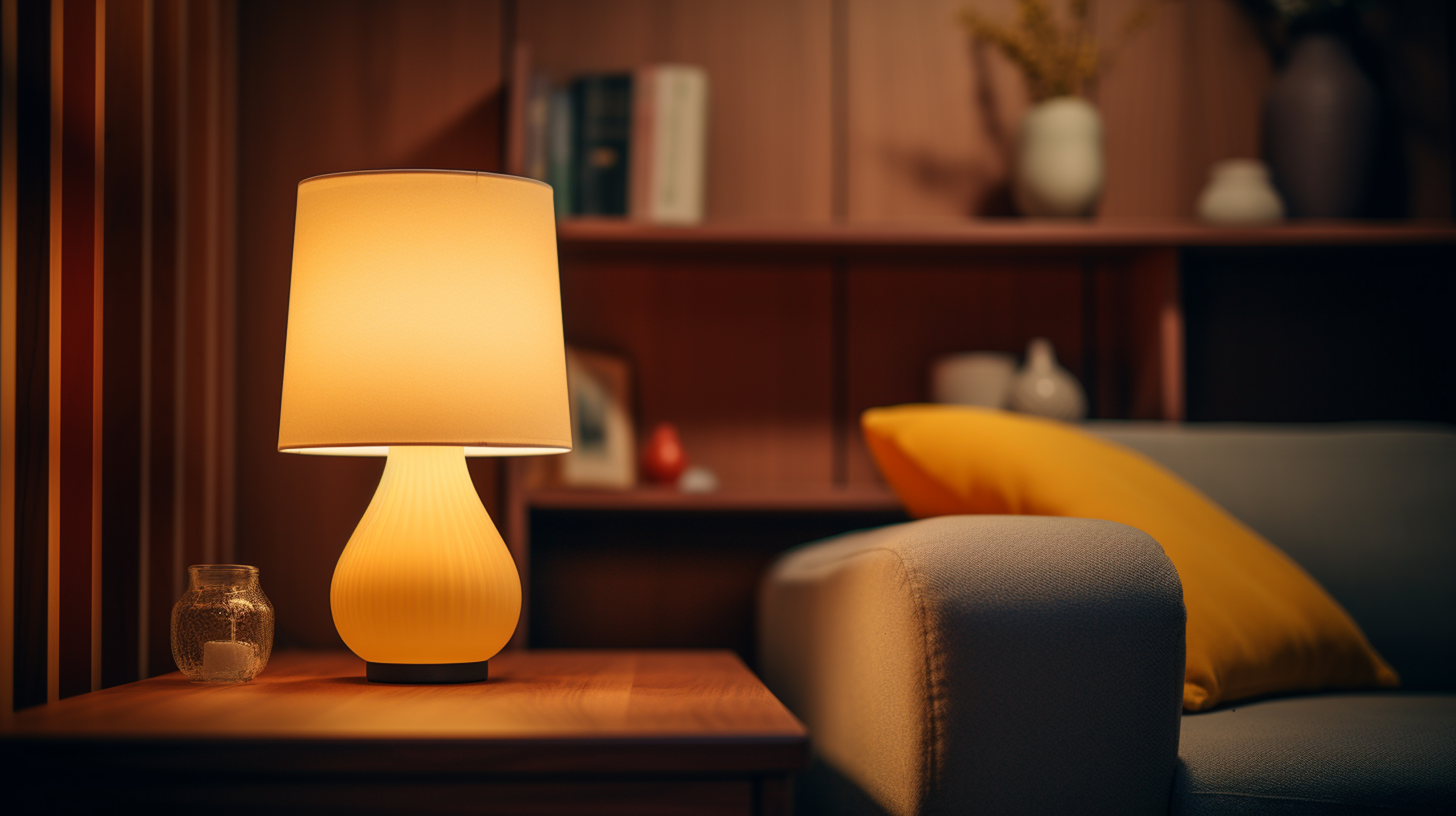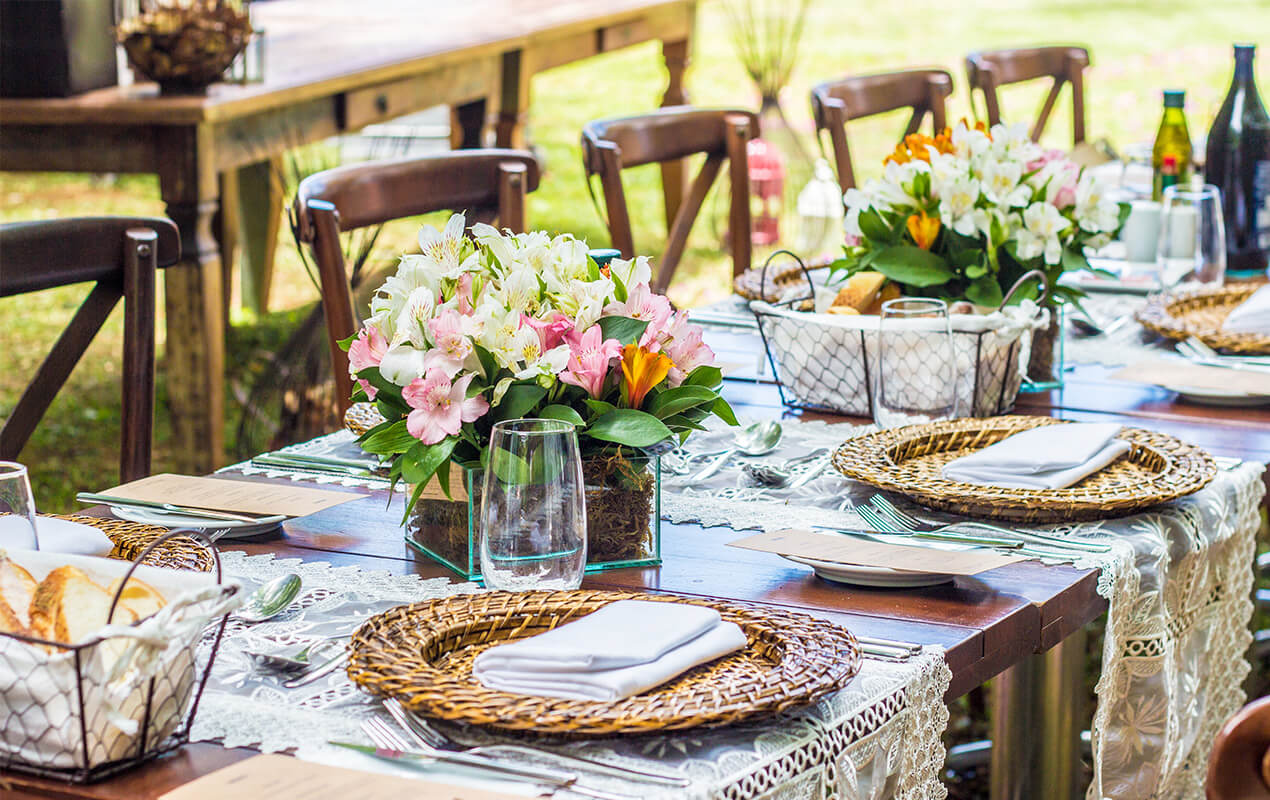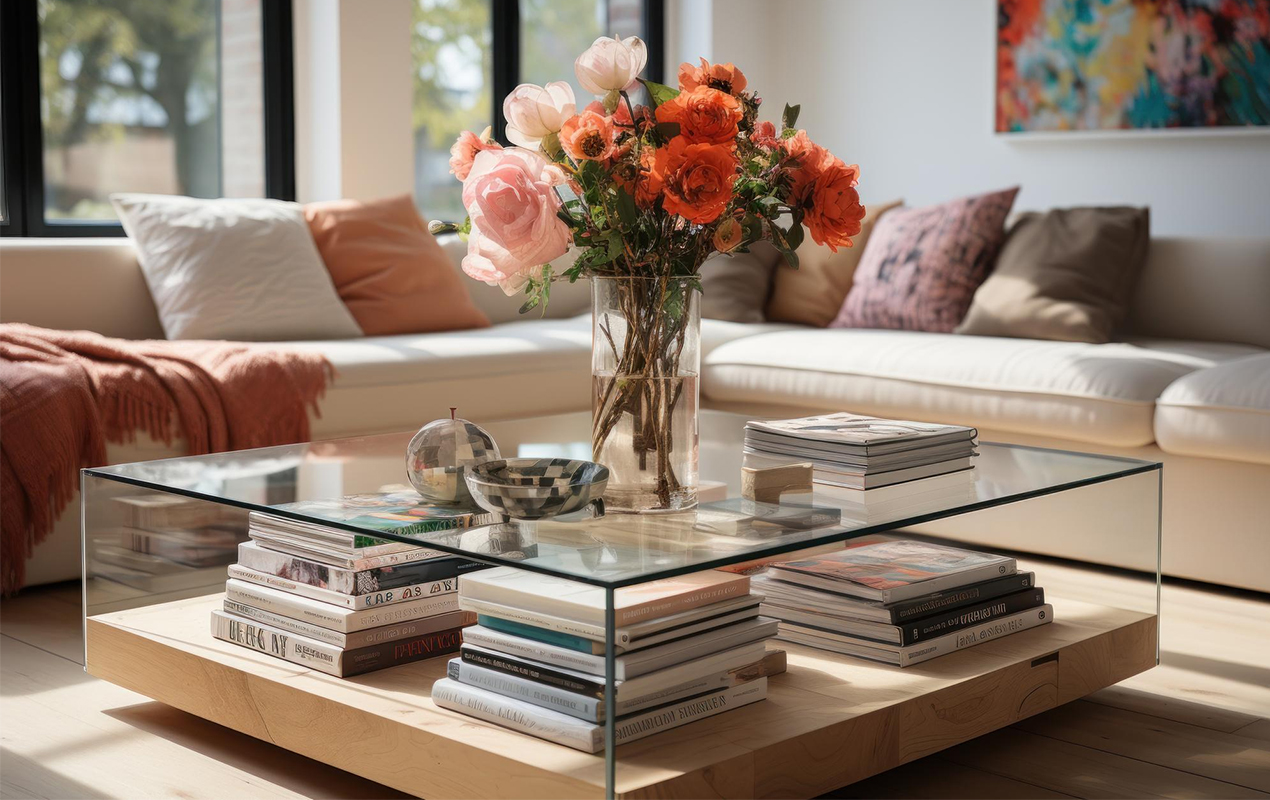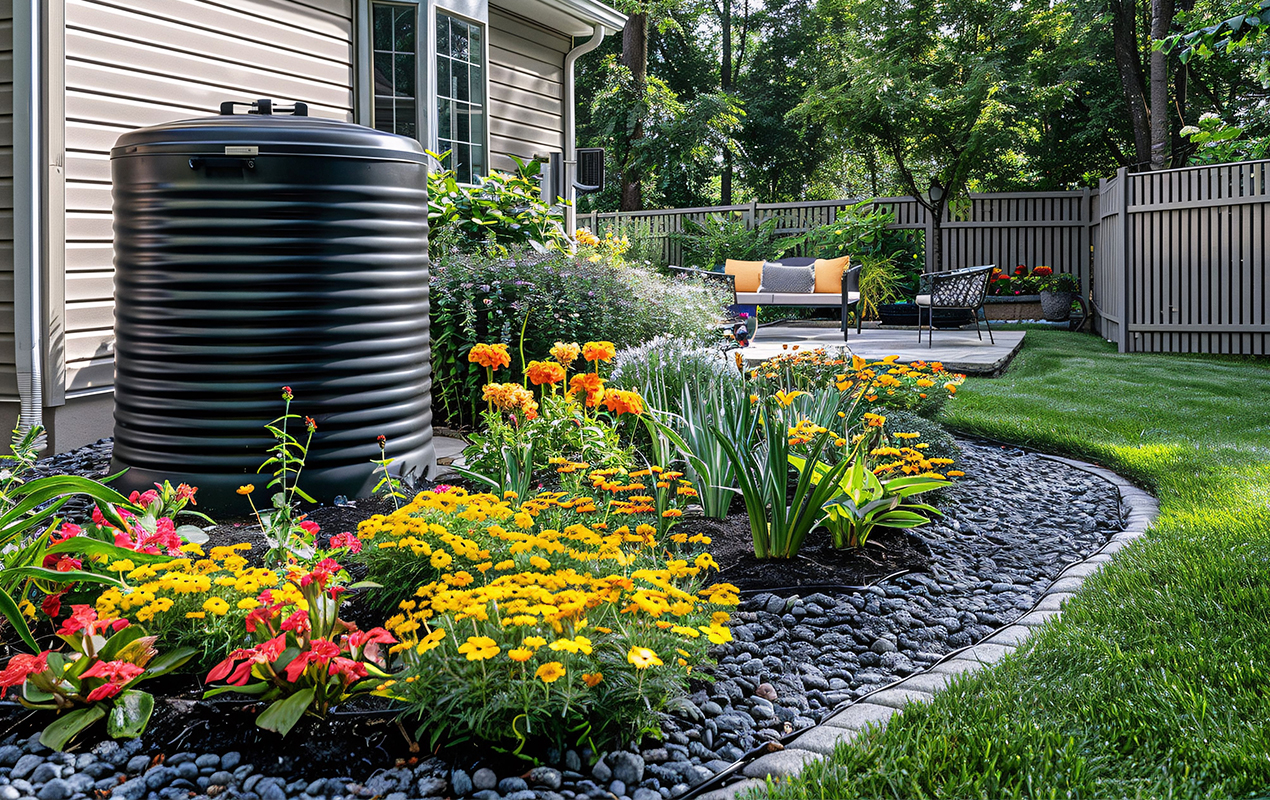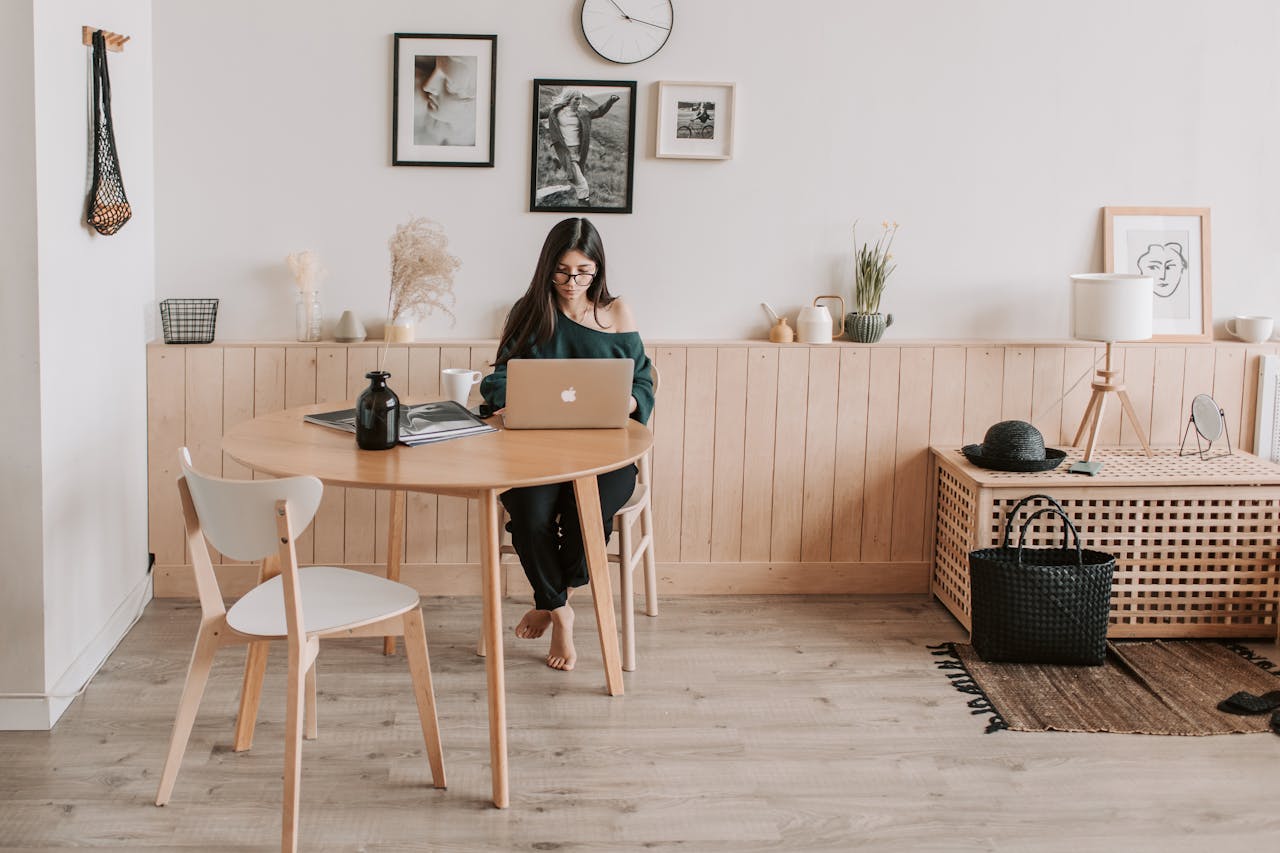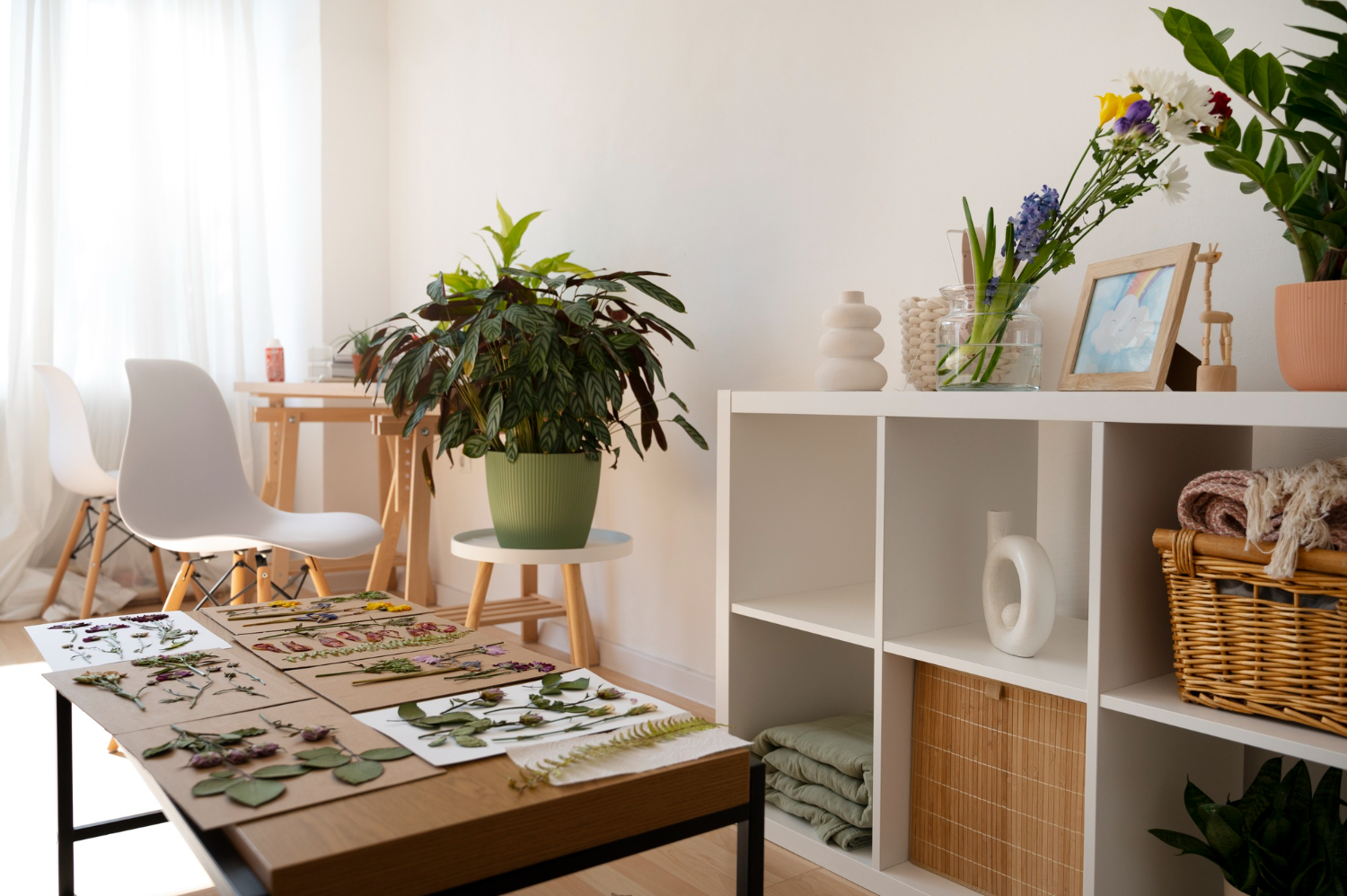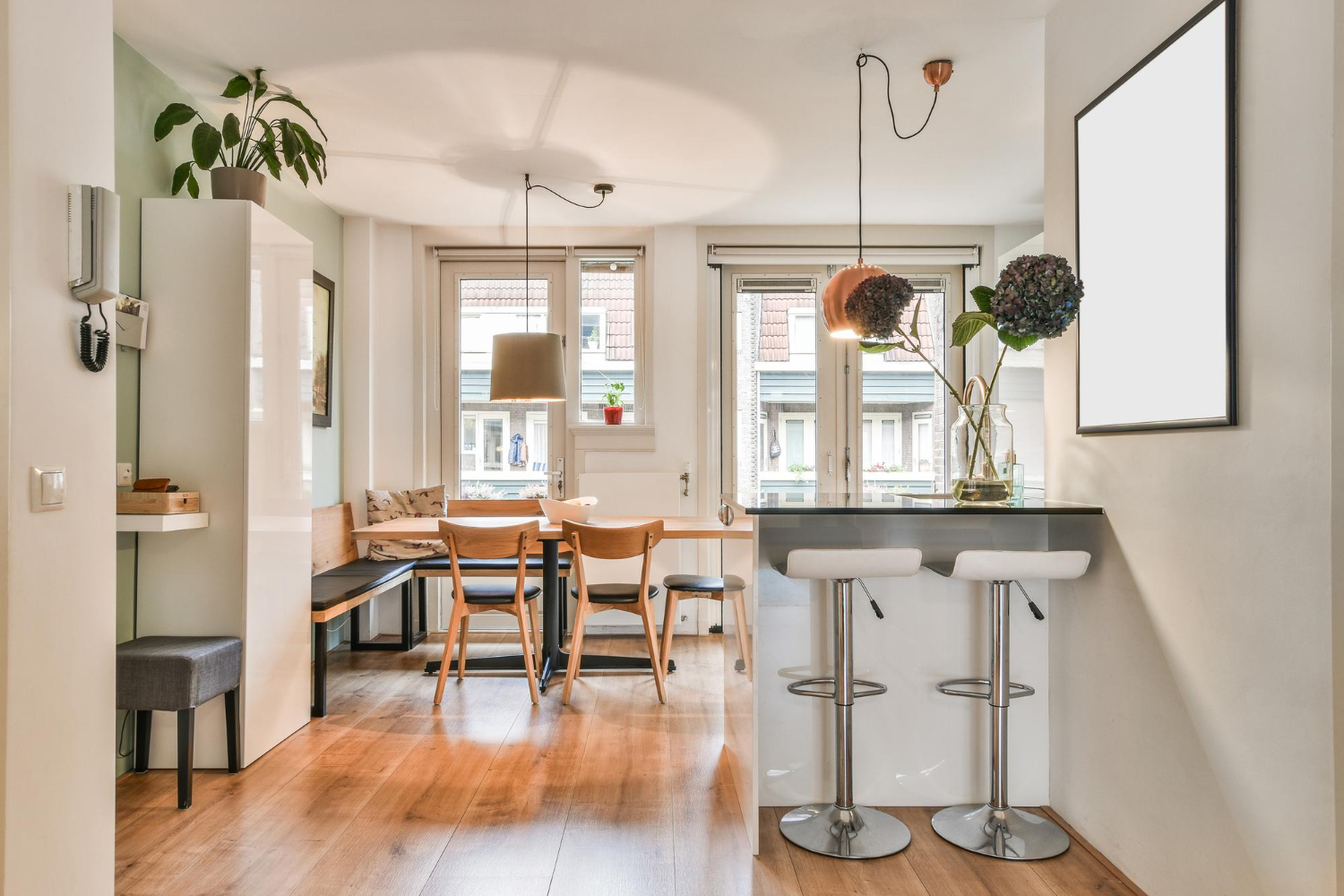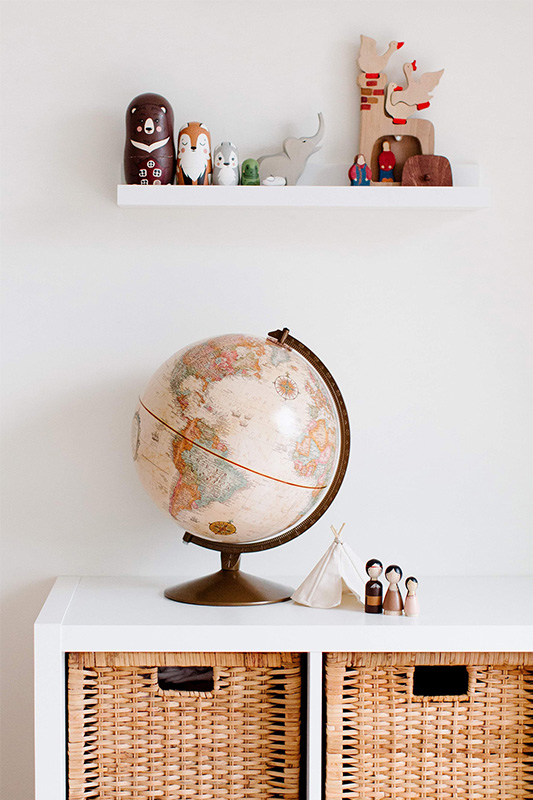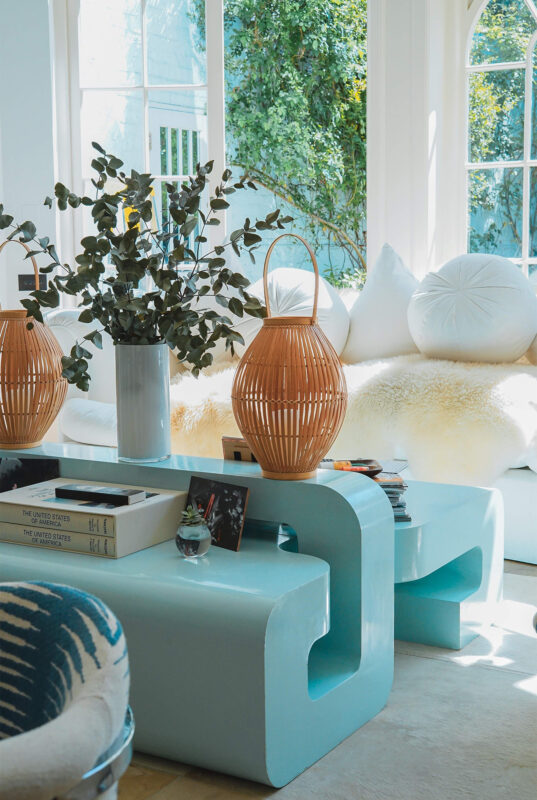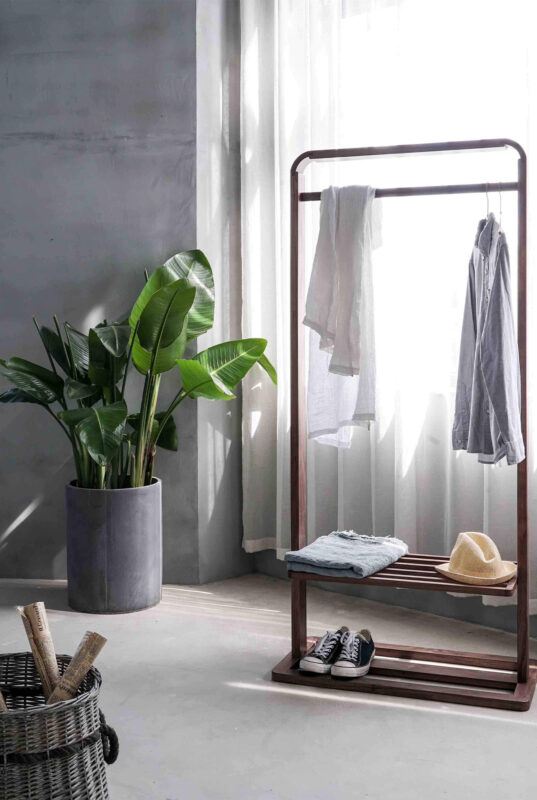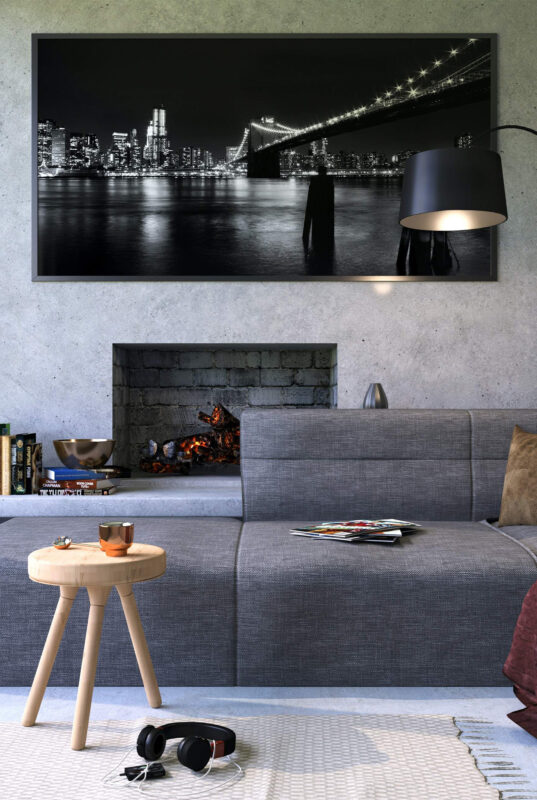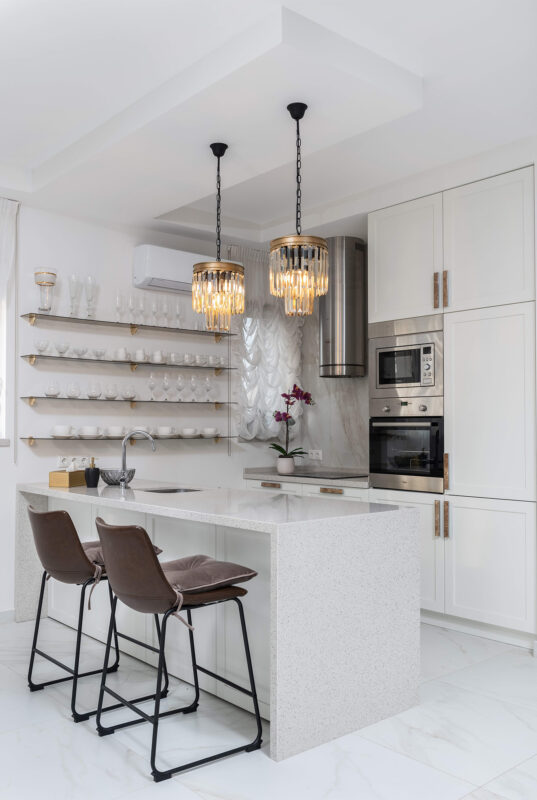Blog
Space-Saving Solutions to Make Your Home Feel Bigger
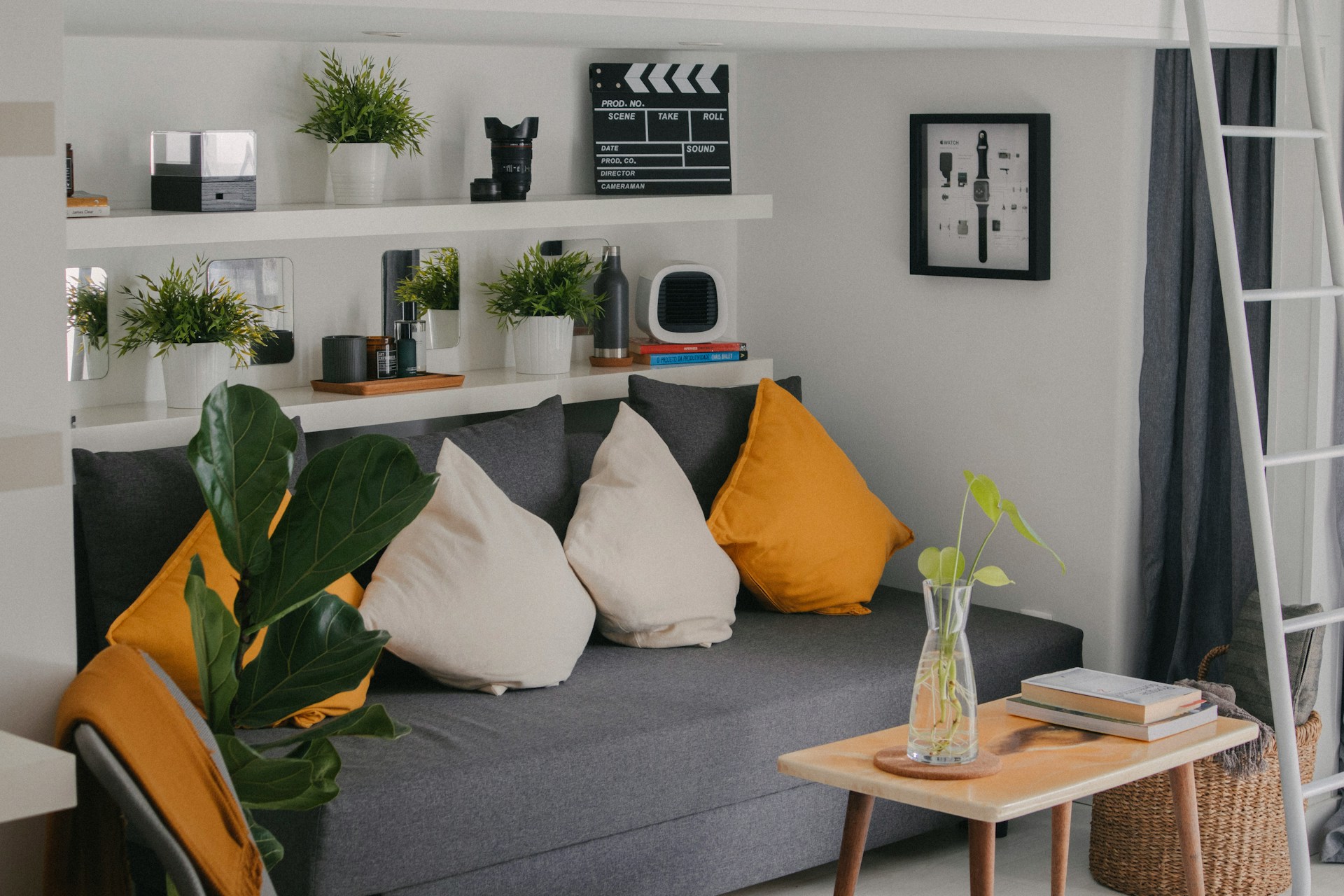
Turning a small living space into an oasis of comfort demands smart choices in furniture, organization, and design. Effective space-saving solutions can greatly influence how a home feels, making it appear larger and more inviting.
Rather than settling for a cluttered environment, you can implement various strategies that maximize the functionality of each area while maintaining an open and airy atmosphere. Let’s explore some compelling methods to create a more spacious environment in your home.

Photo by Gowtham AGM from Unsplash
Innovative Furniture Choices
The right furniture pieces can maximize space, and multi-functional furniture might be a good solution. A coffee table that doubles as a storage unit allows you to keep essential items out of sight and provides a practical surface for everyday use. Modular furniture can be rearranged easily to accommodate different activities, offering flexibility that a fixed setup doesn’t.
Look into furniture that can be folded or nested. Collapsible chairs and tables are great for hosting gatherings without permanently consuming your living area. The careful selection of furniture can change the dynamics of a small space.
Move Unused Items to a Storage Facility
When you find yourself overwhelmed by clutter at home, evaluate whether some items can be stored elsewhere. Investing in well-priced storage facilities can provide a temporary or long-term solution for belongings you don’t need immediate access to. Know that you don’t need to spend a fortune to store unused seasonal items, sports equipment, or family heirlooms. Having a designated space for these less frequently used belongings can immediately make your living areas feel larger and more organized.
You can explore various storage unit sizes to find one that fits your needs so that you have more room for necessary items. Using a storage facility can effectively streamline your living space, presenting a simplified environment that promotes ease and tranquility.
Optimize Vertical Space
If you are faced with limited floor space, vertical storage solutions can save the day. Shelving units mounted high on walls allow you to store items without sacrificing valuable square footage. Vertical dividers can segment areas and present additional storage options. High-mounted cabinets or shelves also declutter surfaces by moving items out of reach when not in use. For smaller kitchens and living rooms, you can display a collection of store-bought or DIY shelf arrangements. Floating shelves are a great way to showcase books or decorative items while freeing up floor space.
Another clever idea is installing hooks for hanging bicycles or ladders, keeping them out of the way but easily accessible. These innovations collectively contribute to a more spacious feel, making daily life smoother and more enjoyable.
Declutter for a Fresh Perspective
Clutter consumes physical space and occupies mental bandwidth — small areas will feel more cramped. Regularly assess and declutter your belongings to reclaim precious space. Create a system where you evaluate items every few months, donating or discarding those no longer needed.
The decluttering process reveals how much unused or unnecessary space exists. Incorporating hidden storage can reduce visible clutter. Under-bed storage bins are ideal for stowing away seasonal clothes or memorabilia. Furniture with built-in storage compartments also aids in minimizing clutter. When you decrease the number of visible items, your home can achieve a calmer and more open atmosphere. The less cluttered a room appears, the larger it feels.
Smart Use of Colors and Lighting
Colors can heavily influence how spacious a room feels. Light hues such as whites, soft pastels, or light grays give the illusion of openness and airiness. Dark colors can make a space seem smaller, so applying them sparingly in accents rather than on walls can create depth without overwhelming a room.
Utilizing natural light should be a priority: sheer curtains can maintain privacy and allow sunlight to enter unobstructed. Even consider strategically placed mirrors to reflect light throughout the room, effectively doubling the perceived space. Bright lighting, particularly recessed or track options, can create a clean, spacious appearance. Together, thoughtful color and lighting choices can expand the feel of your home.
Create Zones in Open Spaces
Designing distinct zones can help amidst open floor plans. Use furniture arrangements to delineate different areas for dining, relaxing, and working. A low sofa can create a border between the living space and the adjacent dining area without restricting flow. Area rugs can visually separate these spaces and provide an anchor to furniture layouts to improve the sense of different functional zones.
Plants and decorative screens can also be utilized for zoning without permanent partitions. Tall plants can act as natural dividers, whereas decorative screens lend privacy and define spaces. If you have defined areas within an open context, you can maintain an organized home and create a cohesive and spacious feel. Tailored arrangements will make each area of your home inviting.
Final Thoughts
By implementing these space-saving strategies, you can transform your home into a more functional and inviting place. Creating a comfortable, open atmosphere will make your home feel bigger and more enjoyable for both you and your guests.

